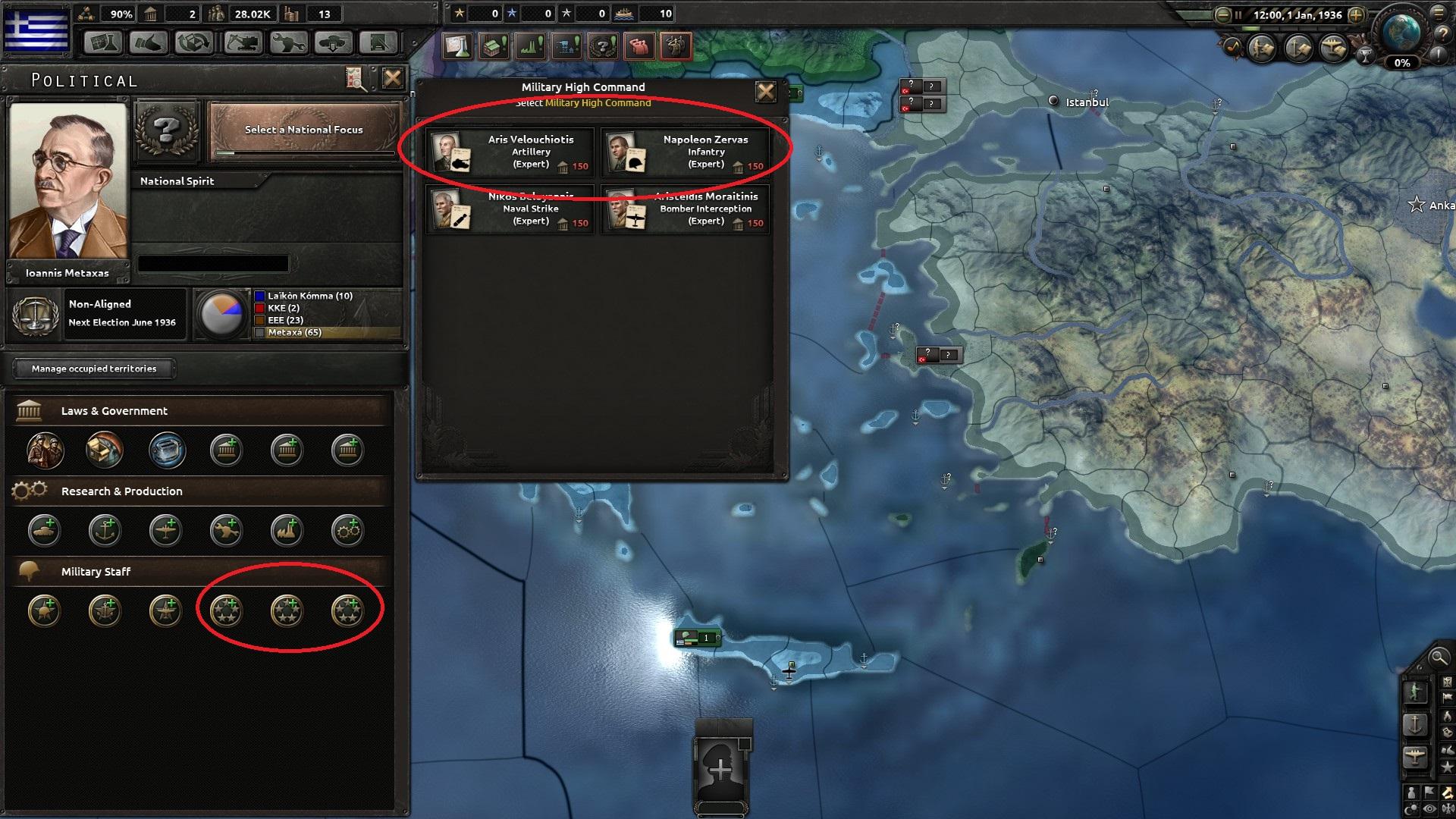

“The thing that drives Age of Empires is to inspire a love of history in everyone worldwide,” says Isgreen. Age of Empires turned players towards the past and compelled them with its bloody, battle-strewn vision. These historical figures were so much more absorbing than a typical sci-fi or fantasy setting I studied the Middle Ages at school because of them.

I was Joan of Arc, protecting the Orleans Cathedral from the hated English I was Attila the Hun, letting Bleda, my murderous brother, die at the tusks of the iron boar. And I did, in a way: even if the history itself was shaky (even then I knew that the Chinese invented gunpowder: why so few gunpowder units?) the passion for this history, told through gameplay, was infectious. When I was nine, my dad bought me a copy of Age of Empires 2 under the pretence that, since I refused to stop playing games, I might at least learn something about history. Evidently, all three have their own followings, but the first (beginning in the stone age) and the third (set during the European colonisation of the Americas) are generally considered inferior to the second (set in medieval times.) The fourth returns to medieval times, and the team has admitted their game is directly inspired by the Age of Empires II. The fourth in the series arrives 15 years after the last entry, but, in recent years, all three previous releases have had fresh makeovers, in the form of HD and so-called Definitive editions. Next to the Civilisation and Total War games, Age of Empires is the most iconic series in the genre of historical games.


 0 kommentar(er)
0 kommentar(er)
